High Cholesterol is Risky- Take Dietary Control Without GI Discomfort.
When someone mentions high cholesterol, the term “high-fiber diet” is usually quick to follow.
If you live with IBS or follow a Low FODMAP diet, the term “high fiber” might induce some panic. But, if you have high cholesterol, what can you do but follow a high-fiber diet?
Understanding Cholesterol: A Brief Overview
Before we get there, let’s review what exactly cholesterol is and why it is necessary for our bodies to function correctly. Cholesterol is a waxy substance made by the liver that we need to produce hormones and digest fatty foods.
LDL (low-density lipoprotein) is the “bad” one, and HDL (high-density lipoprotein) is good.
When too much LDL cholesterol builds up in the arteries, it can eventually cause chest pain or heart attack. Increasing your HDL cholesterol can help to lower the risk of heart disease.
High cholesterol is very common. Just over 50% of adults who could benefit from using cholesterol-lowering medications currently do so, while there is an increasing prevalence of elevated LDL levels in children. High cholesterol usually has no symptoms, so knowing your risks is essential for prevention.
Dietary Influence on Cholesterol Levels
Our bodies make cholesterol, so getting it from the diet is unnecessary, but we do!
We used to think that consuming dietary cholesterol (found in foods like eggs and shrimp) would raise our blood cholesterol, but we now know better.
Foods high in saturated fats (processed meats, fried foods, baked goods, and sweets that contain hydrogenated oil) are culprits for raising cholesterol. So, what can we do?
Much of the advice on lowering cholesterol focuses on the foods to avoid. But, plenty of research supports adding certain foods to help reduce LDL levels.
Focus on FODMAP-Friendly Foods
Adding foods to your diet is usually more appealing than taking more away, so here is a list of FODMAP-friendly foods you could try:
- Oats (1/2 cup)
- Avocado (1/4 at a time)
- Walnuts or pecans
- Tofu (2/3 cup)
- Flaxseed (2-3 tsp)
- Olive oil (1 Tbsp)
- Salmon
Additional Tips for Cholesterol Management
Here are some additional steps you can take to help manage your cholesterol:
- Eat whole grains in moderation
- Avoid refined carbs and hydrogenated oil
- Maintain a healthy weight
- Add 1-2 servings of tolerated fruits and vegetables daily
- Seek additional guidance from a registered dietitian to help you create a personalized plan specific to your dietary needs and preferences
-
Centers for Disease Control and Prevention. (2023, May 15). High cholesterol facts. Centers for Disease Control and Prevention. https://www.cdc.gov/cholesterol/facts.htm



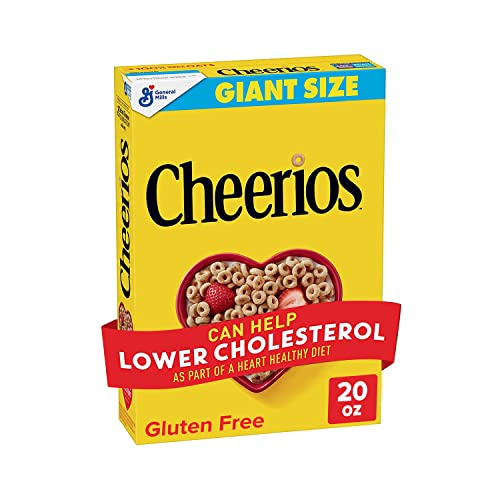
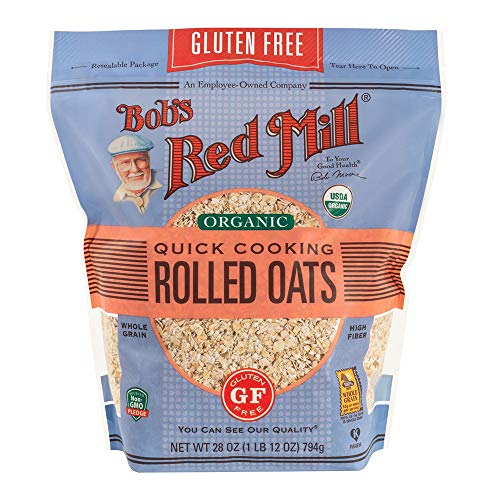
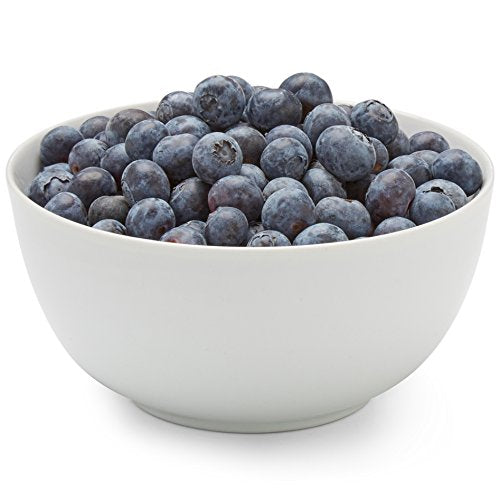





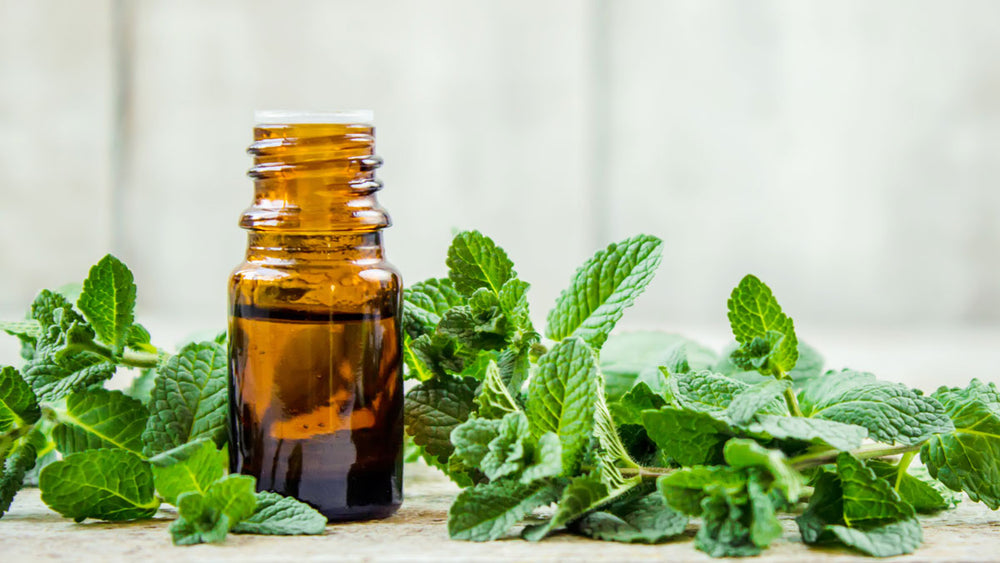

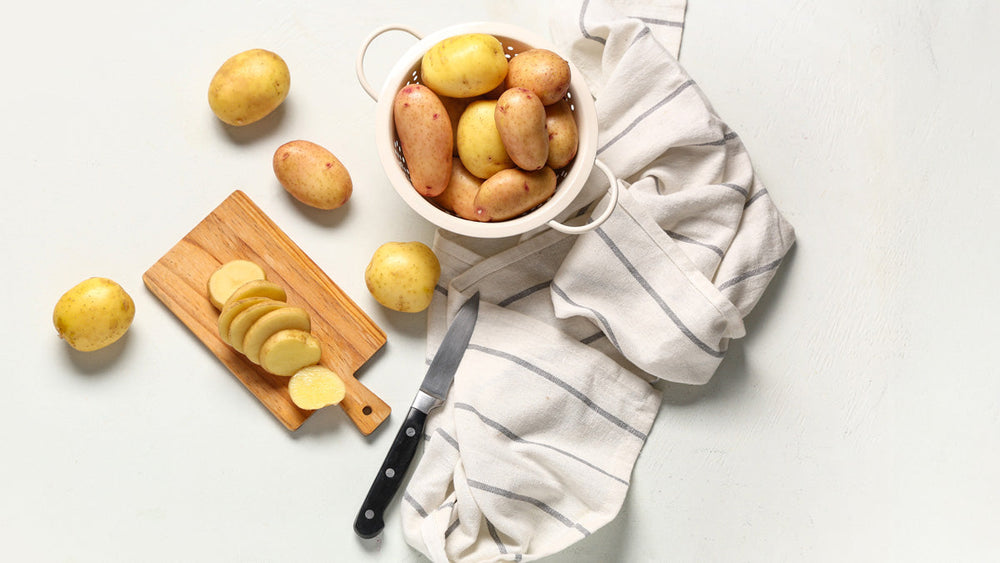







Comments
Join The Conversation...